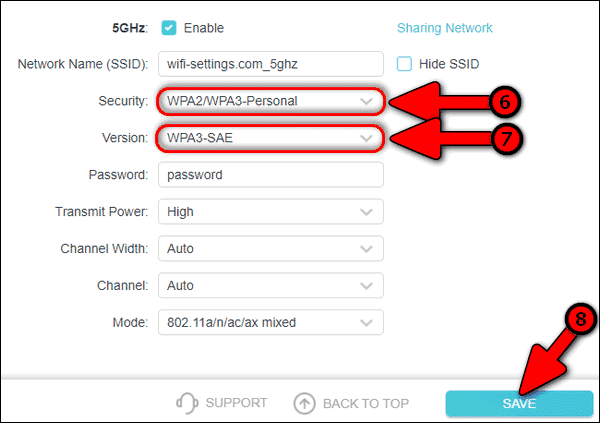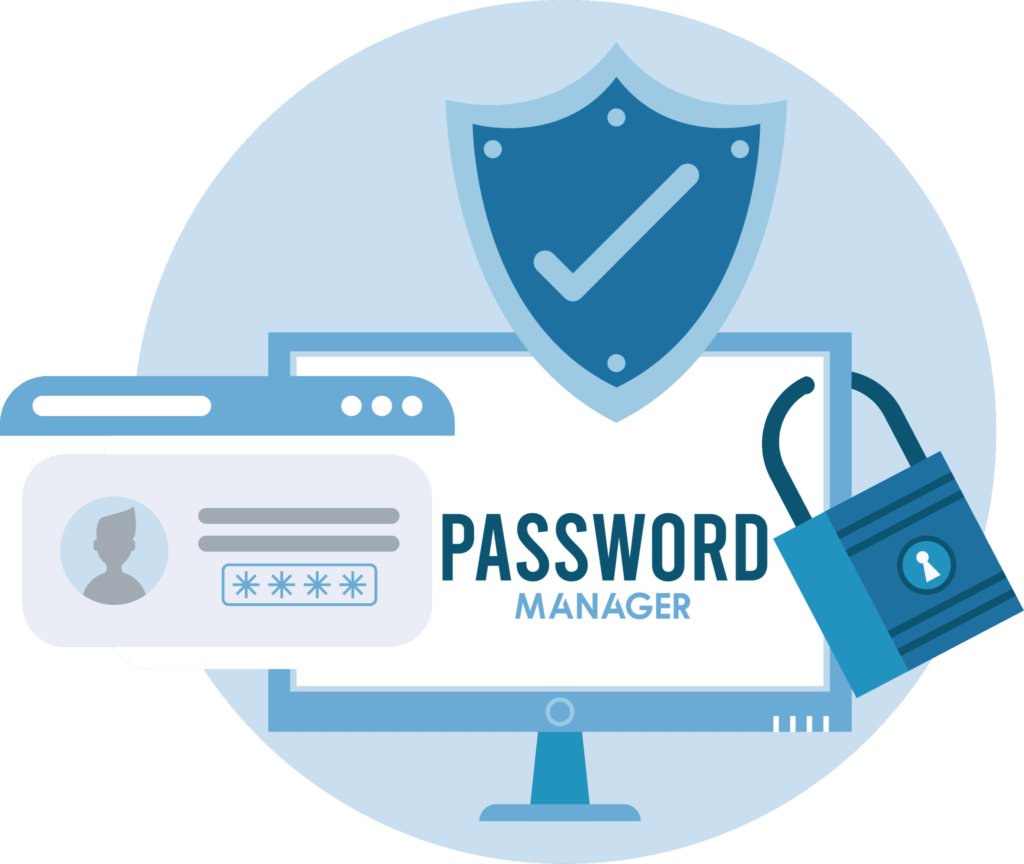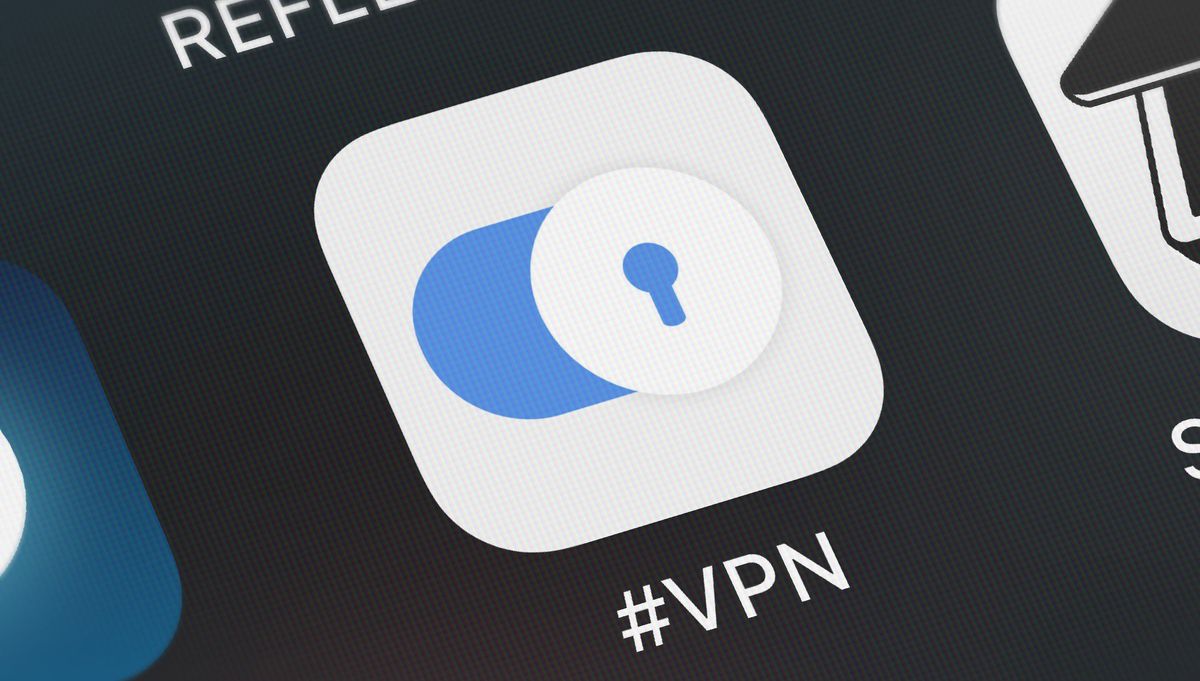The rise of remote work has brought about significant changes in the way businesses operate. While remote work offers flexibility and convenience, it also introduces a host of cybersecurity challenges. As more employees work from home, the risks associated with cyber threats have increased dramatically. From phishing scams to unsecured Wi-Fi networks, remote workers face numerous potential dangers that can compromise both personal and company data.
In this guide, we’ll explore essential cybersecurity tips for remote workers. Whether you’re working from home, a coffee shop, or any other remote location, following these best practices will help protect your data and ensure a secure working environment.
Why Cybersecurity is Crucial for Remote Workers
Remote work environments often lack the robust security measures found in traditional office settings. This makes remote workers prime targets for cybercriminals. Without the proper safeguards in place, sensitive information can easily fall into the wrong hands, leading to data breaches, financial loss, and damage to a company’s reputation.
Cybersecurity isn’t just the responsibility of IT departments; it’s something that every remote worker must take seriously. By adopting good security habits and using the right tools, you can minimize the risk of cyberattacks and keep your data secure.
Secure Your Home Wi-Fi Network
One of the most critical aspects of remote work security is ensuring that your home Wi-Fi network is secure. Unsecured networks can be easily exploited by cybercriminals to intercept sensitive data.
1. Change the Default Router Settings
Most routers come with default usernames and passwords that are easy to guess. Change these immediately to something more secure. Use a strong, unique password that includes a mix of letters, numbers, and special characters.
2. Use WPA3 Encryption
Ensure that your Wi-Fi network is using the latest encryption standard, WPA3. If your router doesn’t support WPA3, consider upgrading to one that does. This will provide stronger security for your network.
3. Create a Separate Network for Work
Consider setting up a separate Wi-Fi network for work-related devices. This creates an additional layer of security by isolating your work activities from other household devices.

Use Strong, Unique Passwords
Passwords are your first line of defense against unauthorized access. Using weak or reused passwords across multiple accounts is a major security risk.
1. Create Strong Passwords
A strong password should be at least 12 characters long and include a combination of uppercase and lowercase letters, numbers, and special characters. Avoid using easily guessable information such as your name or birthdate.
2. Use a Password Manager
Managing multiple strong passwords can be challenging. A password manager can help by securely storing your passwords and generating new, strong ones for each account. Some popular password managers include LastPass, 1Password, and Dashlane.
3. Enable Two-Factor Authentication (2FA)
Whenever possible, enable two-factor authentication (2FA) on your accounts. This adds an extra layer of security by requiring a second form of verification, such as a code sent to your mobile device.

Be Wary of Phishing Scams
Phishing scams are one of the most common cybersecurity threats faced by remote workers. These scams often involve fraudulent emails or messages that appear to be from legitimate sources, tricking users into revealing sensitive information.
1. Identify Phishing Emails
Phishing emails often contain subtle clues that reveal their true nature. Look for generic greetings, poor grammar, and suspicious links. If an email asks for sensitive information or urges you to take immediate action, it’s likely a phishing attempt.
2. Don’t Click on Suspicious Links
Avoid clicking on links in unsolicited emails, especially if they come from unknown senders. Hover over the link to see the URL before clicking, and if it looks suspicious, don’t click on it.
3. Verify the Source
If you receive an email from a company or individual asking for sensitive information, verify the request through a different communication channel. For example, call the company directly using a phone number from their official website.
Keep Your Software Updated
Software updates often include critical security patches that protect your devices from vulnerabilities. Keeping your software up-to-date is one of the simplest yet most effective cybersecurity practices.
1. Enable Automatic Updates
Whenever possible, enable automatic updates for your operating system, antivirus software, and other critical applications. This ensures that you receive the latest security patches as soon as they are released.
2. Update All Devices
Ensure that all devices you use for work, including smartphones and tablets, are running the latest software versions. Cybercriminals can exploit vulnerabilities in outdated software to gain access to your data.
3. Update Your Browser Extensions
If you use browser extensions, keep them updated as well. Outdated extensions can introduce security risks, so regularly check for updates or remove any extensions you no longer use.
Use a Virtual Private Network (VPN)

A Virtual Private Network (VPN) encrypts your internet connection, making it more difficult for cybercriminals to intercept your data. This is particularly important when working remotely, especially if you connect to public Wi-Fi networks.
1. Choose a Reliable VPN
Not all VPNs are created equal. Choose a reputable VPN provider that offers strong encryption, a no-logs policy, and fast connection speeds. Some popular options include NordVPN, ExpressVPN, and CyberGhost.
2. Use a VPN on All Devices
Ensure that your VPN is installed and active on all devices you use for work, including smartphones and tablets. This ensures that all your online activities are protected, regardless of the device.
3. Avoid Free VPNs
Free VPNs often come with limitations and may not provide the same level of security as paid options. Some free VPNs may even collect and sell your data, defeating the purpose of using a VPN in the first place.
Secure Your Work Devices
The devices you use for work, such as laptops, smartphones, and tablets, should be properly secured to prevent unauthorized access.
1. Use Device Encryption
Device encryption ensures that your data remains secure, even if your device is lost or stolen. Most modern devices offer built-in encryption options that you can enable through the settings menu.
2. Set Up Remote Wipe
In case your device is lost or stolen, setting up remote wipe capabilities allows you to erase all data on the device remotely. This is an essential security measure for protecting sensitive information.
3. Lock Your Devices
Always lock your devices when not in use. Use strong passwords, PINs, or biometric authentication (such as fingerprint or facial recognition) to secure your devices.
Practice Safe Online Behavior
Your online behavior can significantly impact your cybersecurity. Being mindful of how you interact with online content can reduce the risk of cyber threats.
1. Be Cautious with Public Wi-Fi
Public Wi-Fi networks are often unsecured, making them prime targets for cybercriminals. Avoid accessing sensitive information, such as bank accounts or work-related documents, while connected to public Wi-Fi. If you must use public Wi-Fi, ensure your VPN is active.
2. Limit Social Media Sharing
Be cautious about the information you share on social media. Cybercriminals can use personal details to craft targeted phishing attacks or steal your identity. Review your privacy settings and avoid sharing work-related information online.
3. Recognize Social Engineering Attacks
Social engineering attacks, such as phishing and pretexting, exploit human psychology to gain access to sensitive information. Be skeptical of unsolicited requests for information, especially if they seem urgent or too good to be true.
Back Up Your Data Regularly
Regular data backups are essential for protecting your work in case of a cyberattack, hardware failure, or accidental deletion. Having a recent backup ensures that you can quickly recover your data without significant disruption.
1. Use Automated Backup Solutions
Set up automated backups to ensure that your data is regularly saved without requiring manual intervention. Cloud-based backup services, such as Google Drive, Dropbox, or iCloud, offer convenient and secure options.
2. Use External Drives
In addition to cloud backups, consider using external hard drives or USB drives to store backups. This provides an extra layer of security by keeping your data in multiple locations.
3. Test Your Backups
Regularly test your backups to ensure that your data can be restored successfully. This will help you avoid any unpleasant surprises if you ever need to recover your data.
Conclusion
Cybersecurity is a critical concern for remote workers, who face unique challenges and risks in their work environment. By following the tips outlined in this guide, you can significantly reduce the likelihood of falling victim to cyber threats and ensure that your remote work experience is safe and secure.
Remember, cybersecurity is an ongoing process that requires vigilance and regular updates to your practices and tools. Stay informed about the latest threats, and continuously refine your security measures to keep your data and your company’s data protected.

